Plants will make
your life better
Embrace the prickly beauty: where resilience thrives, a cactus comes alive

Plants will make
your life better
Embrace the prickly beauty: where resilience thrives, a cactus comes alive


Cactus Facts
Cactus in particular kind of plant that revoultionised enough to develop in dry region and unfriendly weather. It is famous for its special capacity to stand against the dry and very high temperatures.
- Native to the Americas
- We give you guides to protect and care for your plants.
- Cultural Significance
- Symbiotic Relationships

Cactus Facts
Cactus in particular kind of plant that revoultionised enough to develop in dry region and unfriendly weather. It is famous for its special capacity to stand against the dry and very high temperatures.
- Native to the Americas
- We give you guides to protect and care for your plants.
- Cultural Significance
- Symbiotic Relationships
Steps to grow Cactus

Choose Plant
Choose the Right Location and Soil

Watering
Moderation & Watering Technique

Temperature and Maintenance
Temperature & Pruning and Care
Watch some of the intresting Cactus
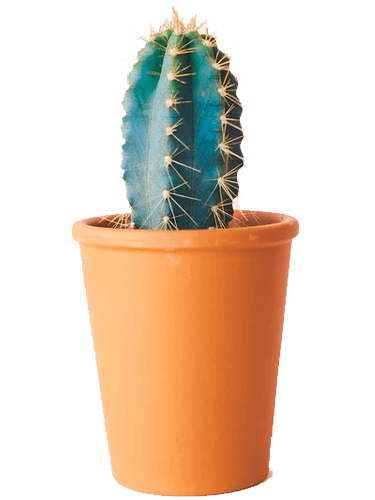
Pilosocereus Pachycladus
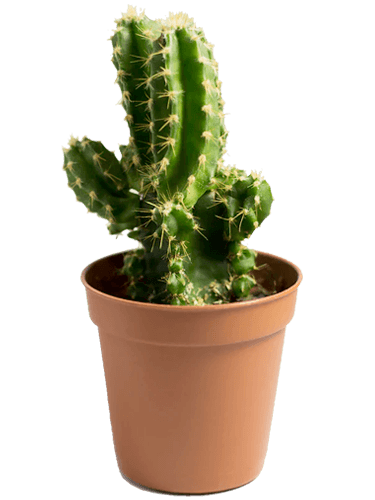
Cereus Repandus
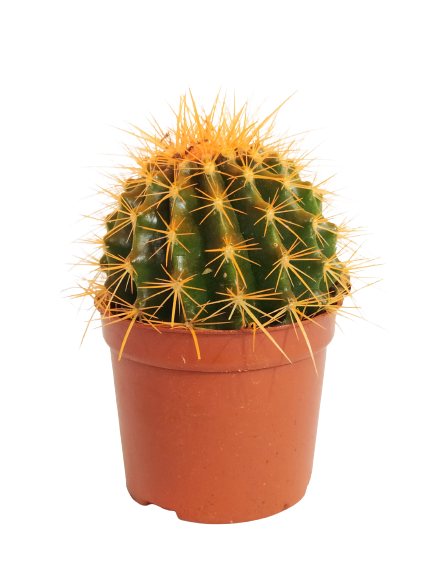
Echinocactus Grusonii
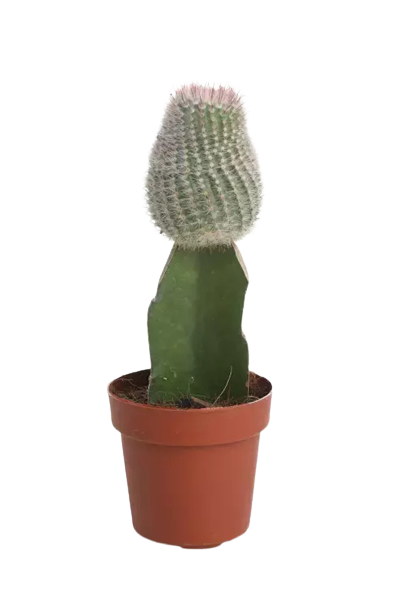
Parodia
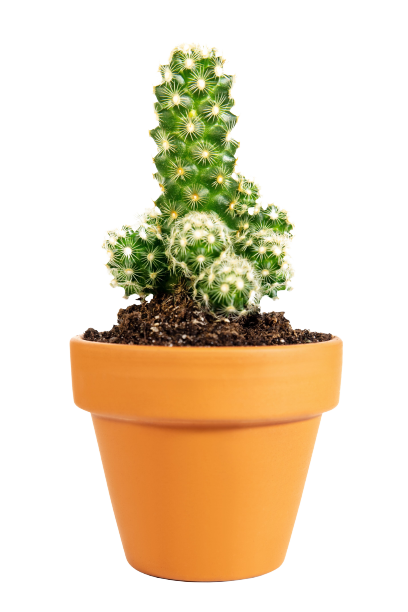
Mammillaria elongate
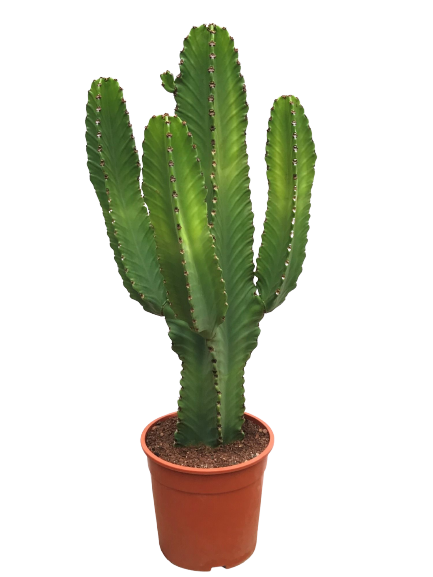
Cowboy Cactus
Some common questions were often asked
Cross-pollination is facilitated by the colorful flowers of cacti, which draw pollinators with particular color preferences. Short blooming times that are coordinated with pollinator activity save energy. During dry conditions, flowering is maintained through water storage, improving survival and procreation.
Cactus can be successfully grown indoors with artificial lighting, particularly in places with little natural light. To replicate sunlight, choose grow lights with a balance of blue and red wavelengths. To avoid heat stress and to ensure optimum development and colour, keep lights on for 12–14 hours each day while keeping a distance of 12–24 inches from cacti.
A few number of species of cactus are cookable.The most famous one is known as prickly pear cactus also famously known as Opuntia Spp whose final fruits and nopales are mostly eaten.Mexican food use this products frequently in salads jams and other beverages and is also used in some quantity in making of medicine.
1)The Golden Barrel Cactus, or Echinocactus grusonii, is distinguished by its spherical form and brilliant golden spines.
2)Weihnachtskaktus (Schlumbergera): Although it’s not a true desert cactus, it’s low maintenance and has lovely blossoms.
3)Echinopsis (Echinopsis spp.): Numerous species with beautiful flowers and manageable maintenance needs.
Cactus in the wild enviroment can reproducce via seeds, which are scatter by animals or natural element. Some kind of species show special strategies like clone reproduction, in which freshly new plants sprout from the base of the seeds.
2)Weihnachtskaktus (Schlumbergera): Although it’s not a true desert cactus, it’s low maintenance and has lovely blossoms.
3)Echinopsis (Echinopsis spp.): Numerous species with beautiful flowers and manageable maintenance needs.
Columnar cactus have tall, upright stems that grow vertically and resemble columns. Globular cacti have a spherical shape and are round and compact. Stems of trailing cactus dangle down and spread out horizontally; they frequently grow along the ground or cascade from containers.
2)Weihnachtskaktus (Schlumbergera): Although it’s not a true desert cactus, it’s low maintenance and has lovely blossoms.
3)Echinopsis (Echinopsis spp.): Numerous species with beautiful flowers and manageable maintenance needs.
Reach out to us today via any of the given information
Contact us
- +91 9527321128
- contact@pulcherb.com
